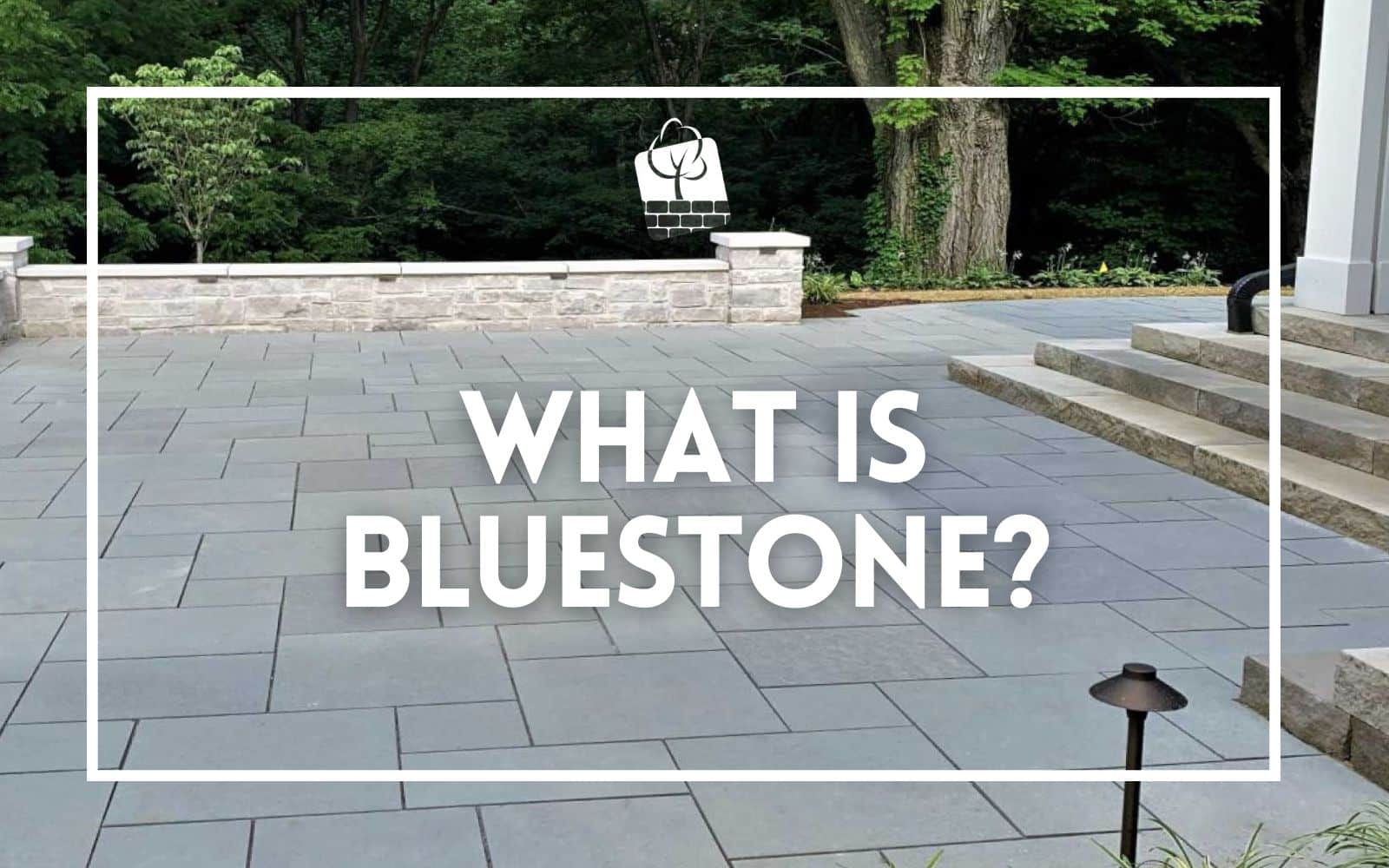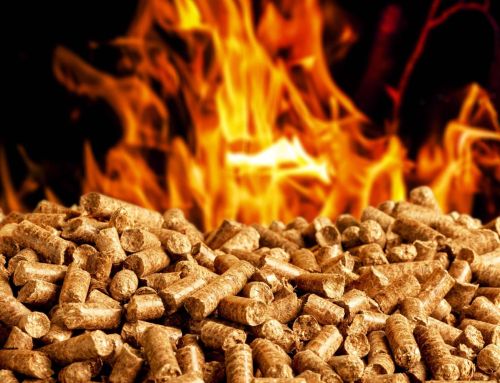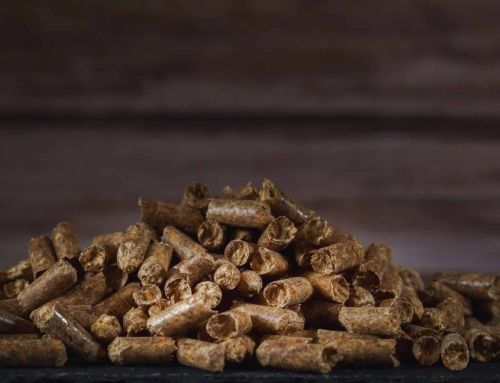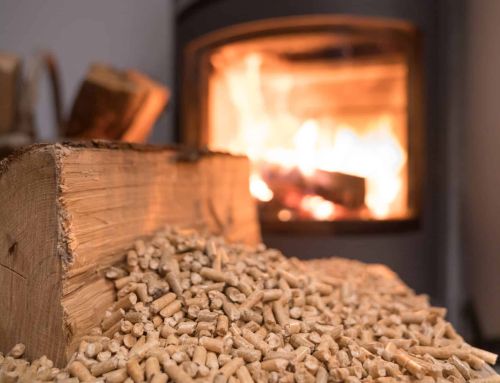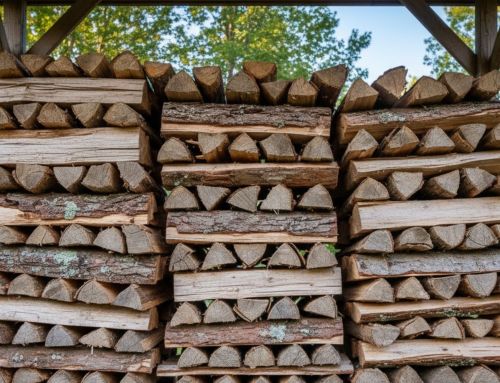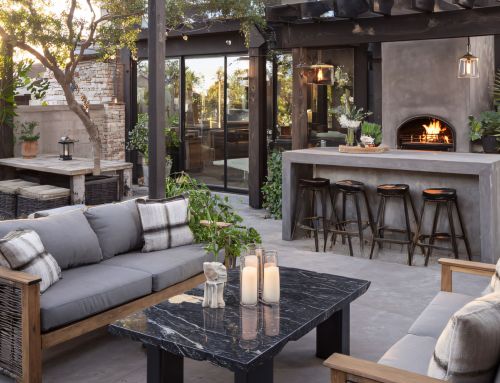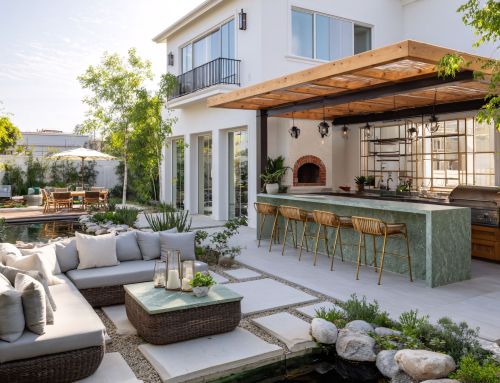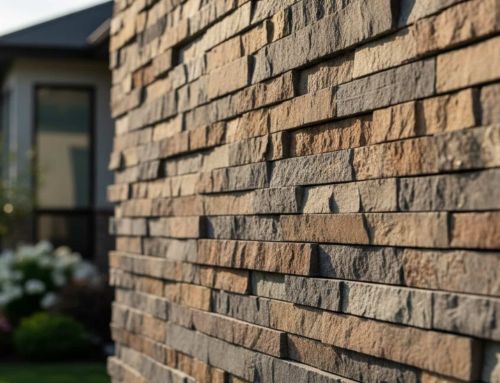Bluestone is a top choice for homeowners and landscape designers who want a natural material that blends elegance with long-lasting durability. Its rich colors and textured surface make it ideal for patios, walkways, pool decks, and entryways with character and charm. Bluestone brings a world of possibilities to landscaping projects, offering a seamless and confident experience that meets international standards.
In this guide, you’ll learn what makes bluestone such a standout, from its unique properties and design potential to tips for installation and care. Whether you’re aiming for a rustic garden path or a sleek outdoor entertaining space, you’ll be ready to make the most of this premium stone.
What is Bluestone?
Bluestone is a naturally formed sedimentary rock, created over millions of years as layers of sand, silt, and organic material compressed under intense pressure. Known for its signature blue-gray tone, bluestone can also reveal earthy shades of green, brown, or rust depending on its mineral makeup.
What makes bluestone especially desirable is its natural cleft surface, a result of its layered structure, which allows it to split cleanly along flat planes. This gives each piece a unique texture that offers both visual appeal and slip resistance, making it ideal for patios, walkways, and other outdoor applications.
Geographic Origins and Quarrying
High-quality bluestone is primarily sourced from quarries in Pennsylvania, New York, and Virginia, with each region offering unique characteristics. Pennsylvania is known for its wide range of colors and finishes, backed by over 150 years of quarrying expertise. New York, especially the Hudson Valley, produces consistently blue-gray stone prized for uniformity.
In contrast, Virginia’s Shenandoah Valley yields a limestone-based bluestone with different properties, reflecting the region’s distinct geology. These variations allow designers to choose the perfect type of bluestone to match their aesthetic and functional needs.
Types of Bluestone: Complete Classification
By Geographic Origin
- Pennsylvania Bluestone (Sandstone): A dense, durable sandstone with colors ranging from deep blue to earthy brown. It resists weathering and freeze-thaw cycles, making it ideal for long-lasting outdoor designs.
- Shenandoah Bluestone (Limestone): A gray-blue limestone that weathers to soft gray over time. More porous than sandstone, it’s best suited for decorative or mild-climate applications.
Surface Finishes and Textures
The way bluestone is finished dramatically affects both its appearance and performance. Understanding these finishes helps you select the right option for your specific needs.
- Natural Cleft: Natural cleft bluestone preserves the stone’s natural texture, offering excellent slip resistance. Its rough surface makes it ideal for outdoor areas like pool decks and walkways where traction and safety matter most.
- Thermal or Flamed Finish: Involves rapidly heating the stone’s surface with high-temperature torches. This process causes the surface to “pop,” creating a dimpled texture similar to a golf ball. Thermal finishing effectively removes saw marks from fabrication while providing excellent traction and a distinctive appearance.
- Sandblasted Finish: Creates a lightly textured surface through controlled abrasion. While this process adds character and improves traction, it also increases costs and requires specialized equipment. Sandblasted bluestone works particularly well for interior applications like hearths and countertops.
- Polished Finish: Transforms bluestone into a smooth, glass-like surface using diamond-impregnated sanding discs. This finish showcases the stone’s natural colors and patterns but eliminates the slip-resistant properties that make bluestone ideal for outdoor use.
Patterns and Designs with Bluestone
Bluestone offers endless possibilities when it comes to patterns and designs, allowing you to create a truly unique look for any occasion. Whether you’re designing a welcoming entryway, a tranquil garden path, or a statement patio for your next outdoor event, bluestone adapts beautifully to a variety of settings.
With options like running bond, herringbone, or custom mosaics, you can find inspiration in both traditional and modern layouts. The stone’s natural color variations and textures make it perfect for design-focused projects that reflect your personal style and suit the tone of any space or event.
Comprehensive Bluestone Products and Applications Guide
Bluestone for Home Residential Landscaping
- Patios and Pool Areas: Bluestone patios offer durability, style, and safety, ideal for outdoor and pool areas. Lighter shades stay cooler, and textured finishes improve traction. With proper planning, natural color variations add to the design.
- Walkways and Garden Paths: Bluestone walkways provide a durable, low-maintenance way to connect outdoor spaces with lasting style. Use clean lines or natural curves to match your design. Main walkways should be at least 4 feet wide, while garden paths can be narrower for a cozier feel.
- Steps and Stairs: Bluestone steps offer both safety and style, with natural texture for traction and strength to support heavy use. For comfort and stability, keep risers between 6–8 inches and treads at least 12 inches deep.
Architectural Applications
- Exterior Building Features: Bluestone makes an excellent accent for facades, sills, and architectural details. Its weather resistance ensures lasting beauty, and its natural colors pair well with both traditional and modern materials.
- Interior Applications: Inside the home, polished bluestone creates stunning countertops, flooring, and fireplace surrounds. While interior applications don’t require the slip-resistant properties needed outdoors, they showcase bluestone’s natural beauty in a controlled environment.
Cost Analysis and Planning
Understanding bluestone costs helps you budget effectively for your project. Material costs typically range from $15 to $30 per square foot installed, though this can vary significantly based on several factors.
Factors Affecting Cost:
- Stone thickness (1-inch vs. 1.5-inch)
- Finish type (natural cleft vs. polished)
- Geographic location and shipping distance
- Project complexity and size
- Seasonal demand and availability
Installation Considerations: Professional installation typically doubles the material cost, but ensures proper preparation and long-term performance. DIY installation is possible for simple projects like garden paths, but complex applications like pool decks require professional expertise.
Installation Process
Site Preparation
A successful bluestone installation starts with careful planning and site preparation. Mark the area, ensure proper slope for drainage, and excavate 7 to 10 inches below the finished surface. Use string lines or laser levels to maintain consistent grading, which helps prevent future shifting or water pooling.
Base Installation
A proper bluestone base includes compacted gravel (road bond) topped with a 1 to 2-inch layer of stone dust. The gravel should be compacted in 2-inch layers for stability, while the stone dust setting bed offers a level, adjustable surface to support the stone and ensure long-term durability.
Stone Placement and Finishing
Place bluestone pieces according to your planned pattern, checking for level and proper spacing. Use a rubber mallet to adjust individual stones, and check frequently with a level to ensure consistent surfaces. Fill joints with additional stone dust, sweeping the material into gaps and misting lightly to encourage settling. This process may need to be repeated several times as the dust compacts.
Maintenance and Care
Routine Maintenance
Bluestone requires minimal maintenance when properly installed and sealed. Regular sweeping removes debris that can stain the stone, while occasional power washing removes built-up dirt and grime.
Inspect your bluestone annually for signs of settling, joint erosion, or individual stone movement. Address minor issues promptly to prevent more extensive problems.
Sealing and Protection
Most bluestone benefits from periodic sealing to protect against stains and weather damage. Apply a high-quality stone sealer every 3-5 years, or when water no longer beads on the surface.
Choose sealers specifically designed for natural stone. Avoid products that create a glossy film, which can make outdoor surfaces slippery and may not allow the stone to breathe properly.
Winter Care
In regions with freezing temperatures, avoid using de-icing salts on bluestone surfaces. These chemicals can cause surface spalling and discoloration. Instead, use sand for traction or specialized ice melts designed for natural stone.
Pros and Cons Analysis
Advantages of Bluestone
- Durability and Longevity: Properly installed bluestone can last for generations with minimal maintenance. The stone’s dense structure resists cracking and weathering, making it an excellent long-term investment.
- Safety Features: Natural slip resistance makes bluestone ideal for pool areas and walkways. Unlike smooth materials that become slippery when wet, bluestone’s textured surface maintains traction in all weather conditions.
- Aesthetic Appeal: Bluestone’s natural beauty improves with age. The stone develops a subtle patina over time that enhances its character and charm.
- Versatility: From rustic garden paths to sophisticated pool decks, bluestone adapts to any design style. Multiple finishes and installation patterns provide endless creative possibilities.
Disadvantages and Considerations
- Initial Cost: Bluestone requires a higher upfront investment compared to manufactured alternatives. However, its longevity often makes it more economical over time.
- Heat Absorption: Dark-colored bluestone can become uncomfortably hot in direct sunlight. This is primarily a concern for pool decks and other areas where people walk barefoot.
- Installation Complexity: Irregular stone shapes require skill and experience for proper installation. Professional installation is recommended for most applications.
- Maintenance Requirements: While minimal, bluestone does require periodic sealing and joint maintenance to ensure optimal performance.
Choosing the Right Bluestone and Services for Your Project
Choosing the right bluestone starts with understanding the look and function you want for your space. Consider the color and texture that best match your home’s style—whether it’s the classic blue gray or warmer, earthy tones. Search available options online to see what fits your vision.
Bluestone is a durable, long-lasting material suitable for patios, walkways, pool decks, and more. With its natural resistance to weather and timeless appeal, it’s a smart investment for any outdoor project. Explore product selections, compare finishes, and plan with confidence knowing this stone is built to perform and elevate your landscape.
Conclusion
Bluestone stands out as a premium choice for landscaping thanks to its natural strength, timeless appearance, and versatility across a wide range of applications. From patios and pool decks to walkways and architectural features, this durable stone adds lasting beauty to any outdoor or indoor space. With proper selection, installation, and maintenance, bluestone not only enhances your project’s visual appeal but also delivers long-term value and performance.
Looking to source top-quality bluestone for your next project? Visit Old Station Outdoor & Landscape Supply in Norton, MA, to explore our wide selection of bluestone products, including pavers, slabs, treads, and custom cuts. Whether you’re a homeowner, contractor, or landscape designer, you’ll find everything you need to bring your vision to life. Our dedicated team is here to support your project from start to finish. Stop by our showroom or browse online to explore options and place your order when you’re ready.
FAQs
What kind of stone is bluestone?
Bluestone is a sedimentary rock that comes in two main varieties: Pennsylvania bluestone (a fine-grained sandstone) and Shenandoah bluestone (a limestone). It’s formed from compressed layers of sediment over millions of years and quarried primarily in cities across Pennsylvania, New York, and Virginia.
What is bluestone used for?
Bluestone is commonly used for patios, pool decks, walkways, garden paths, steps, and architectural features like countertops and fireplace surrounds. Professional services often recommend it for both indoor and outdoor applications due to its exceptional durability.
Is bluestone slippery when wet?
No, bluestone’s natural textured surface provides excellent traction even when wet, making it one of the safest natural stones for outdoor use. This slip resistance provides security and peace of mind, especially valuable around pools and walkways.
What is bluestone good for?
Bluestone is excellent for outdoor living spaces that need durability, safety, and natural beauty under the sun. Its weather resistance, slip-resistant surface, and timeless colour variations make it particularly valuable for high-traffic areas like pool decks and patios.

